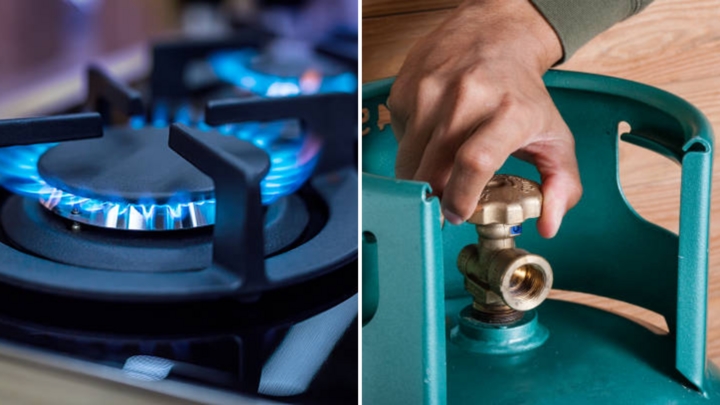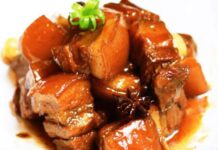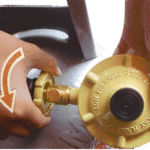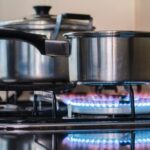While induction cooktops are gaining popularity, gas stoves remain a staple in many households due to their user-friendliness, compatibility with all types of cookware, and ability to cook even during power outages.
However, improper or careless use of gas stoves can lead to gas leaks and explosions. It is crucial to turn off the gas valve when not in use as a safety precaution. But what should you do first after cooking—turn off the stove or close the valve?
What’s the correct order: turning off the stove or closing the gas valve?
To ensure the safety of your kitchen and your loved ones, always turn off the gas valve first after cooking, and then the stove. When cooking, gas flows from the cylinder through the pipes and hoses to the burner. Even after closing the cylinder, some residual gas remains in the pipes, and if not used, it can cause explosions under certain conditions.
Therefore, the safe way to turn off a gas stove is to first tighten the cylinder valve and then wait for the flame to go out before turning off the stove. This not only ensures safety but also helps consume the residual gas in the pipes, preventing waste. It also reduces the risk of sudden flare-ups when igniting the stove.

Always turn off the gas valve first and then the stove after cooking (Photo: Istock)
Tips for Safe Use of Gas Stoves
To optimize cooking time and ensure safety when using any type of gas stove, keep the following in mind:
– Place the gas cylinder in a well-ventilated area: As gas is heavier than air, it will sink to the ground when leaked. Maintain a distance of 1-1.5 meters between the cylinder and the stove, and avoid placing it directly underneath. Keep the cabinet door open or install cabinet doors with vents for easy observation, preventing rodents and insects from nesting and damaging the gas pipes.
– The base of the gas stove should be made of fire-resistant materials. Maintain a minimum distance of 15 cm from the wall, 1-1.5 meters from the ceiling, and 1.5 meters from other electrical appliances. Keep the area around the stove clutter-free, especially plastic items.
– Purchase stoves and cylinders from reputable sources to ensure proper gas filling procedures. Check for cylinder integrity, free from dents or rust. Choose stove brands known for their reliability and select a model that suits your family’s needs.
– Regularly clean your gas stove and inspect the gas valve and pipes daily. Replace the gas pipes every 3-5 years to ensure safety and prevent leaks.
According to VTC News
The Hidden Dangers of Overcooked Food: Cancer Risks in Toast and Fries
The potential dangers of consuming burnt toast and overcooked fries are often overlooked. Acrylamide, a chemical compound formed in starchy foods during high-temperature cooking, has been linked to an increased risk of cancer. To minimize the formation of this harmful compound, it is crucial to cook these foods thoroughly but not excessively. By avoiding over-browning and opting for a golden hue instead, you can significantly reduce your exposure to this carcinogen and safeguard your health.






































